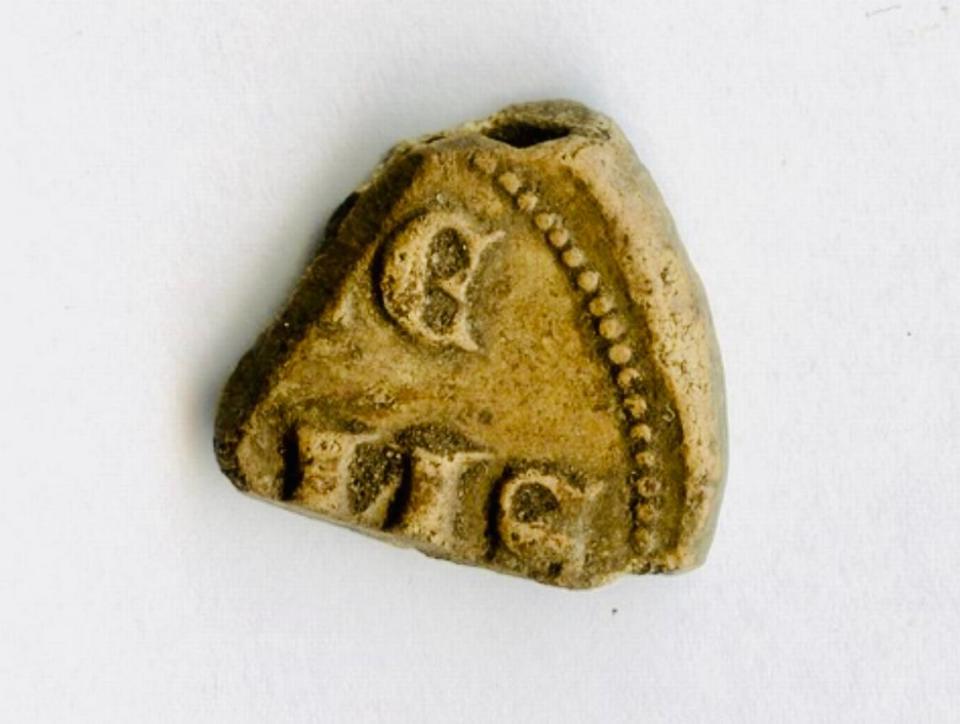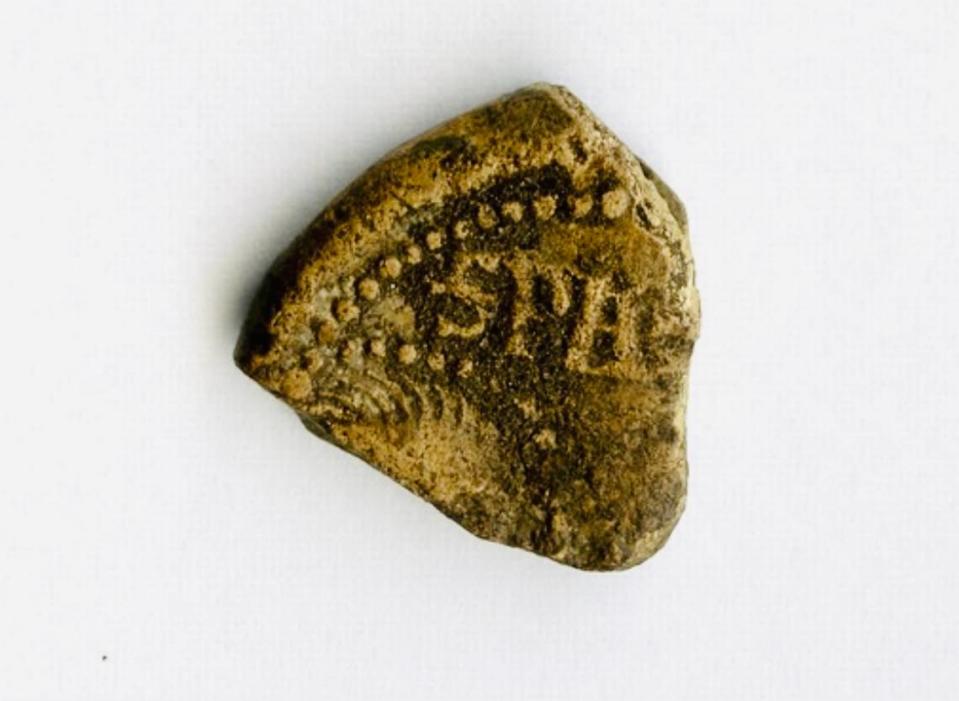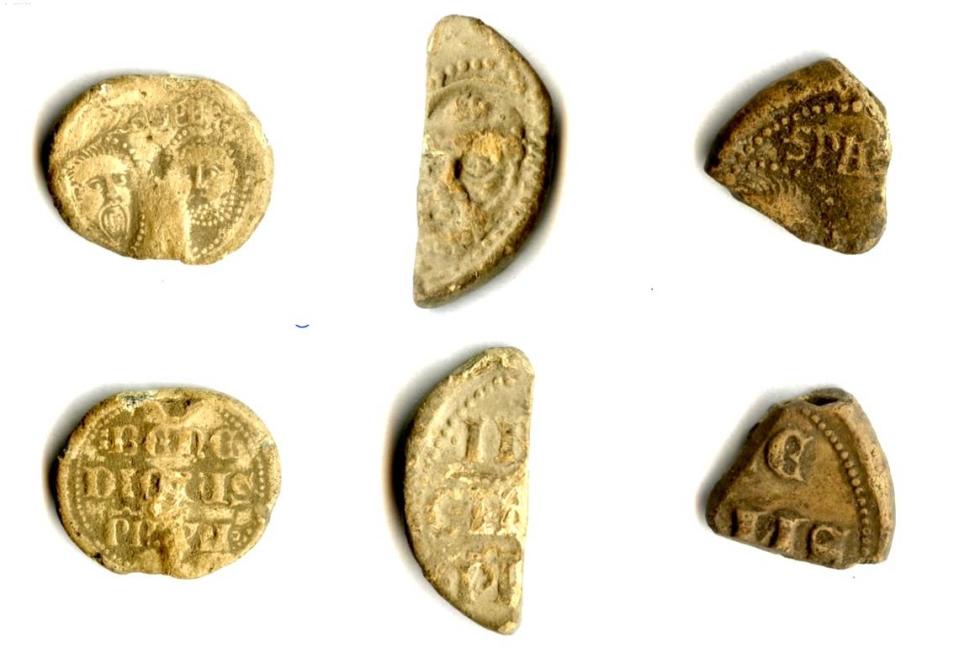Metal detectorist stumbles on 650-year-old artifact — and sparks a mystery. See it
A metal detectorist walked along a road in Poland and searched the ground. He was looking for World War II artifacts but what he found was much older — and more mysterious.
Jacek Ukowski was using a metal detector to search the forest near a railway track outside Wysoka Kamieńska, the Museum of the History of the Kamień Land said in a March 14 Facebook post.
The area was used as an escape route by Nazi German troops during WWII, Ukowski told Science in Poland in a March 20 news release, so he was searching for military artifacts.
At the base of a tree, Ukowski stumbled upon a brown wedge-shaped object with inscriptions on it.
Museum archaeologists identified the small artifact as a 650-year-old fragment of a lead seal, or bulla, from a papal bull.
A bulla was a lead seal used on official documents issued by popes of the Roman Catholic Church, according to Britannica. During medieval times, these documents became known as papal bulls because of their bulla seals.

Uncover more archaeological finds
What are we learning about the past? Here are three of our most eye-catching archaeology stories from the past week.
→ Boys found rare silver treasure under church, kept it in box for 60 years
→ 'Rare' 400-year-old tomb — with well-preserved interior — found in China
→ Stone sarcophagi went unopened for 600 years — until now
The bulla found by Ukowski had a partial inscription on it: the letters “NE” and “US,” Science in Poland said. The name of the pope who issued the seal is incomplete, but enough of the design remains that the seal can be dated to between 1303 and 1352.
But how did a 650-year-old seal from a pope end up along a rural road in Wysoka Kamieńska?

Museum officials described the spot as a surreal and mysterious place to find a rare papal bulla. They suggested three possible explanations: The medieval seal might have been deposited near the road during its construction. Or someone could have found it before and lost it along the road. Or the lead seal might have broken and been discarded soon after being issued and before reaching its intended destination.
The mystery will likely remain unsolved, the museum said.
Only about a dozen papal bulla seals have been found in Poland, and each one is unique, the museum director Grzegorz Kurka told Science in Poland. Most of these lead seals were found near buildings.
Previously, Ukowski discovered another medieval bulla in February 2023 at an archaeological site in a nearby village.

Ukowski gave both medieval seals to the Museum of the History of the Kamień Land. In total, the museum has three papal bulla in its collection. A photo shows the front and back of each lead seal.
Wysoka Kamieńska is a village about 400 miles northwest of Warsaw and near the Poland-Germany border.
Google Translate was used to translate the Facebook post from the Museum of the History of the Kamień Land and news release from Science in Poland.
Metal detectorist stumbles on rare medieval artifact — one of only 15, photos show
Boys found rare silver treasure under church, kept it in box for 60 years — until now
217-year-old sweater — still ‘pristine’ — found in unopened package, UK archive says

